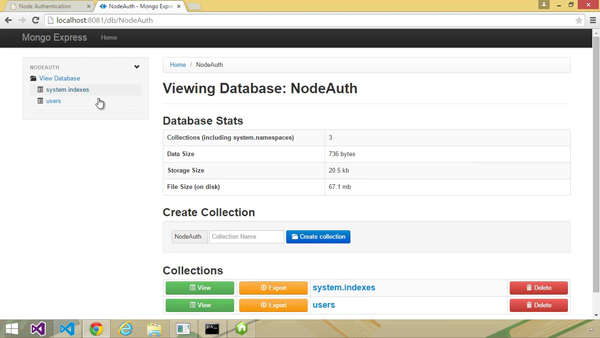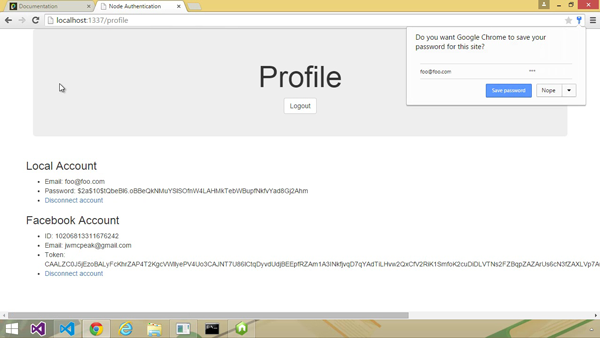
Authentication is a critical part of almost every web application. Today our users expect more than simple local authentication. They want support for third-party authentication, so they can use a single account to sign in to multiple websites. OAuth and OAuth 2.0 are protocols for doing just that.
In our new course, you'll learn how to incorporate OAuth 2.0 in your Node.js applications.
What You’ll Learn
Tuts+ instructor Jeremy McPeak will show you how to use Node.js with OAuth 2.0 to add support for third-party authentication to your application. You'll build an app and add different types of authentication to it.

Here are some free lessons from this course, as a preview of what you can expect:
Implementing Local Authentication: Registration
OAuth support is important, but not every user wants to use an external account for authentication. You still need to implement your own authentication solution. In this lesson, you'll implement a registration feature that works with Passport.
Adding Facebook Support
You can apply the same concepts and techniques to almost any OAuth provider. In this lesson, you'll learn how to add support for Facebook as an external authorization provider.
Building the Profile Page
Your users could potentially have two accounts: local and Facebook. In this lesson, you'll build a page that will let them manage their accounts and ultimately connect them together.
Start Learning for Just $15
You can take our new course straight away by subscribing to Tuts+. For just $15 a month, you get access to this course and hundreds of others, with new ones added every week.


Comments